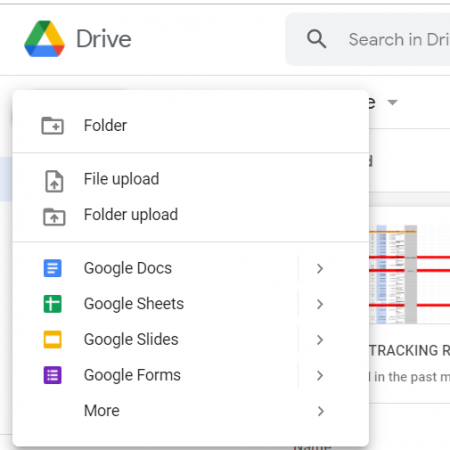5 Quick Steps to Convert Excel Sheet to Text

The need to convert an Excel sheet into a text format is something that many professionals and students come across regularly. Perhaps you need to extract data for a report, or you might be looking to analyze data in a more straightforward, human-readable format. Whatever your reason, converting Excel files to text can streamline many tasks, allowing you to work with the data in ways that standard Excel functionalities do not allow. Let's delve into the simple yet efficient steps to achieve this conversion.
Step 1: Export the Excel File

Excel provides a direct method for exporting to various text formats. Here’s how you can do it:
- Open your Excel workbook.
- Select the worksheet you wish to convert.
- Go to ‘File’ > ‘Save As’.
- In the ‘Save As’ dialog box, choose ‘CSV (Comma delimited)’ or ‘Text (Tab delimited)’ from the ‘Save as type’ dropdown menu.
- Choose a location to save the file, give it a name, and hit ‘Save’.
This method is straightforward, but it’s important to note that CSV files do not preserve Excel formatting or formulas, which might be something to keep in mind for further processing.
Step 2: Use Excel’s Built-In Functions

If you need more control over the conversion process or want to modify the data during export, Excel has some in-built functions:
- Text to Columns: This feature can split data from one column into several columns based on a delimiter.
- CONCATENATE or TEXTJOIN: These functions can join data from multiple cells into one text string.
🔍 Note: For advanced users, Excel’s VBA scripting can automate these steps for a more seamless experience.
Step 3: Open the Text File

After exporting, you need to open and possibly edit the text file:
- Open the text file in a text editor like Notepad or a more robust text editor like Notepad++.
- Check for unwanted characters or line breaks, and adjust if necessary.
| Text Editor | Pros | Cons |
|---|---|---|
| Notepad | Simple, widely available | Limited functionality for editing |
| Notepad++ | Advanced editing features | May need to be installed |

Step 4: Clean and Refine the Data

Depending on your needs, you might need to clean or format the data:
- Remove Unnecessary Columns: If certain columns from Excel are not needed, delete them or use a find and replace function to clear the data.
- Formatting: Align numeric data as needed or adjust for readability.
- Delimiter Verification: Check if the chosen delimiter (like commas or tabs) is consistent throughout the text file.
Step 5: Verification and Usage

Once you’ve prepared your text file, it’s time to verify and use it:
- Open the text file in any text editor or program that supports text input.
- Ensure the data aligns with your expectations regarding format, accuracy, and usability.
- Proceed to use this text file for your intended purpose, whether it be for data analysis, reporting, or any other activity.
💡 Note: If the text file contains sensitive data, ensure proper security measures are in place before sharing or using it elsewhere.
By following these steps, you can efficiently convert your Excel sheet into a text format that's versatile for various uses. Whether you're preparing data for import into another software, creating a backup, or simply looking to view the data in a more accessible format, these methods will help you achieve your goals.
What are the advantages of converting an Excel sheet to text?

+
Converting Excel to text simplifies data sharing, makes it easier to view in plain text editors, and is compatible with many other software tools for further analysis.
Can formatting be preserved when converting to CSV?

+
CSV files primarily store data, not formatting. Features like colors, fonts, and cell styles are not retained in the conversion process.
How can I automate this conversion?

+
VBA scripting within Excel can be used to automate the export process, allowing for scheduled or bulk conversions with minimal human intervention.



